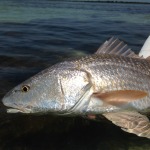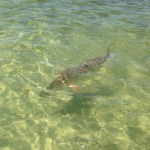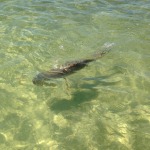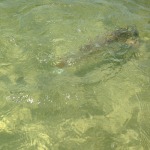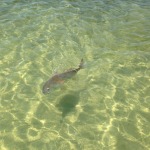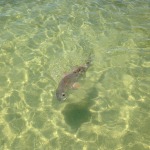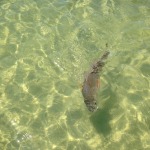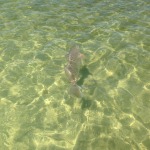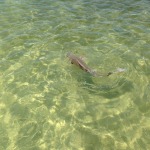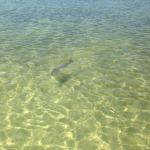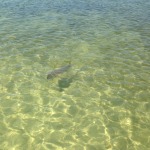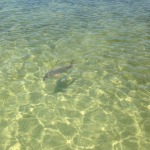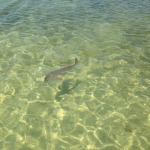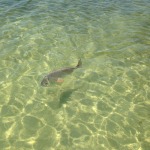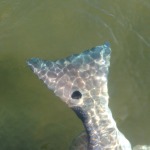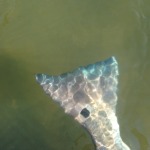“Chaos is inherent in all compounded things. Strive on with diligence.”
– Buddah
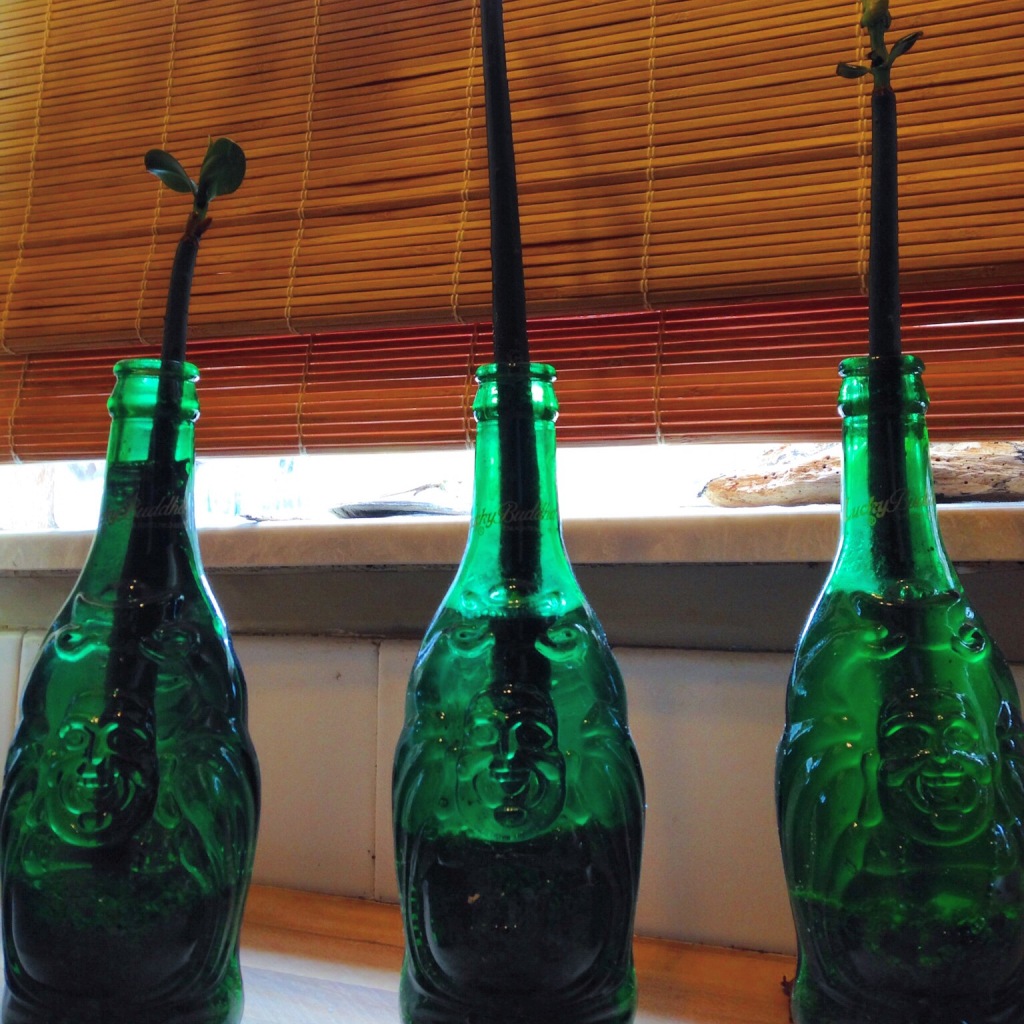
A lot goes on in my mind when I’m standing on the bow of a skiff awaiting a glimpse of the intended target of the day. Whether it be a bonefish, redfish or tarpon the decision making process remains the same. The responses vary and their sum total dictate the difference between success and failure.
Understanding how to best choreograph your response in the face of chaos will dramatically improve your results.
I find it helpful to draw from past training that was unrelated to fly fishing and apply its principles to help me on the water.
The training highlighted the human decision making process. A simple acronym of the equation OODA sums it up.
It translates to Observe + Orient + Decide = Act.
It describes what we as humans do all day long, every day, as we move through life. How well you apply it in specific, performance driven, instances directly relates to how successful we will be in that particular endeavor.
My son and I exploit each other’s failure in the Observe part of the equation routinely around the house. Its a never ending game. One of us lurks around a corner or behind a piece of furniture awaiting the other to casually pass by, oblivious of the others presence. When one of us strikes, the victim is typically left reeling, trying to recover from being startled, sometimes to epic proportions.
When on the water, I do my able best to observe my entire surroundings. The Observe component is important. Your situational awareness has to be on point to spot fish at a distance. The further out you can set your range, the more time you’ll have to complete the remaining portion of the equation.
Orient is a simple way of describing the process of recognizing what is happening within your immediate focus and situate yourself for a response. When you have inadequate time to orient, chaos follows.
Once you have processed the observation and orient to meet its particular challenge, you’ll only then come to a decision on how you’ll respond. The Decide portion of the problem in my opinion is where the game is won or lost. Taking time to process the information you’re absorbing properly allows you to execute a cast when and if its time to do so.
In real world, daily life, the Decide component is often the easiest to parse and thereby get yourself in trouble. Think of it in terms of traveling down the interstate at 65 MPH with only 5 feet between your bumper and the car in front of you. The best mind can’t complete the Observe, Orient & Decide in that space. You’re going to end up making an insurance claim if you make it a habit.
On the water it most likely means a lot of missed shots and blown out fish.
By compressing the OOD, you’ll have ample time to Act.
Be diligent in the complex portion of the equation where you have to recognize an opportunity, prepare your response and decide based on great preparation to turn it into a cast. Both you and Buddah will be jolly.

